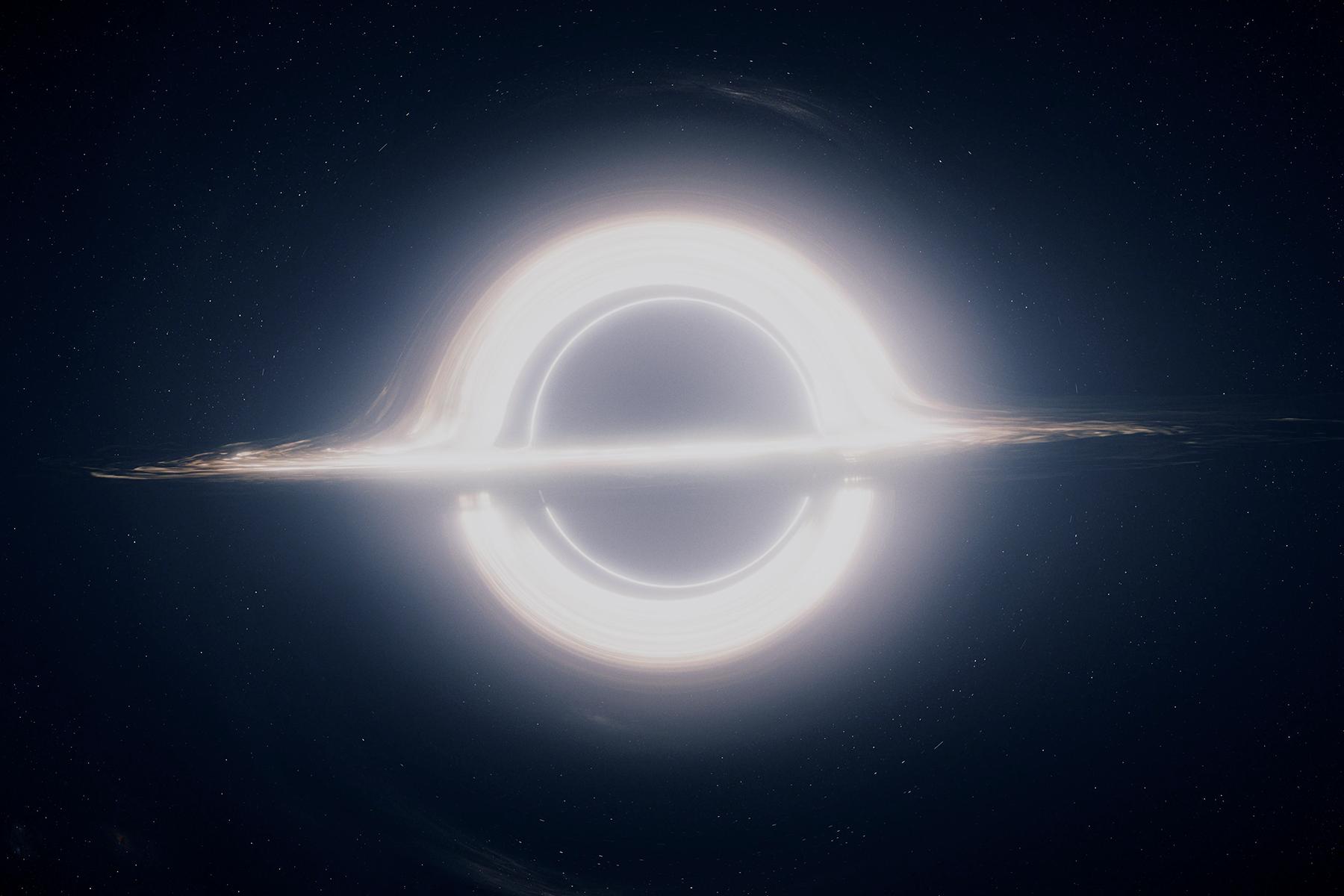There is such a thing as "space weather", and satellite operators are constantly aware of this. The Sun releases a massive amount of energy every second in the form of radiation across the spectrum, as well as charged particles (the solar wind) and the occasional large bursts of matter and energy in the form of solar flares.

Basic elements of space weather
The interactions between all this energy and the magnetic fields and atmospheres of the planets is the "space weather" which can do everything from scramble communications signals to damaging electronic circuits in spacecraft to heating the upper atmosphere and creating extra drag on objects in Low Earth Orbit.
While actually pretty amazing in ts own right, the vast scale of the events and the fact that much of this happens in vacuum or the very rarefied upper atmosphere means it is also subtle and not generally visible to the human eye, the aurora being one of the few exceptions to this.
Understanding how space weather works gives us a way to get the sort of "space weather" the OP is asking for. Things like hurricanes, thunderstorms, tornadoes etc. require massive amounts of matter in addition to energy. In free space this is difficult to achieve, but there are places which can be tapped.
Molecular clouds, dust clouds and nebula exist which have a much greater concentration of matter than normal in space. While this is often enough to block the light of distant stars for astronomers on Earth, it is still dense as a matter of degree, the material is still far less dense than the upper atmosphere of Earth.

The Eagle Nebula
Even higher density of matter can be found near stars, ranging from the nebula released by red giant stars as they go through their death throes (being near a Supernova as it implodes is an entirely different story, and "weather" doesn't even begin to describe the event). Newly forming stars have dense clouds of dust and gas, which will eventually form planetary systems. While much denser than molecular clouds in free space, they still are not going to be as dense as the atmosphere of Earth, except in localized knots where protoplanets are forming.

Artists impression of a protoplanetary disc
Finally, the highest density of materials are probably to be found in the accretion disc of a black hole. Once again, we have other effects, including the immense tidal effects of the black hole itself, the radiation environment of the disc as it is accelerated and heated by the black hole and weird relativistic effects like "frame dragging", which affect the flow of time in the region.

Accretion disc as depicted in the movie "Interstellar"
The conditions of space are far different from what we experience here on Earth, so extrapolating weather the way we understand it isn't going to be correct. You can play with these environments and probably come up with interesting space based effects which are much different from what we see here on Earth.




